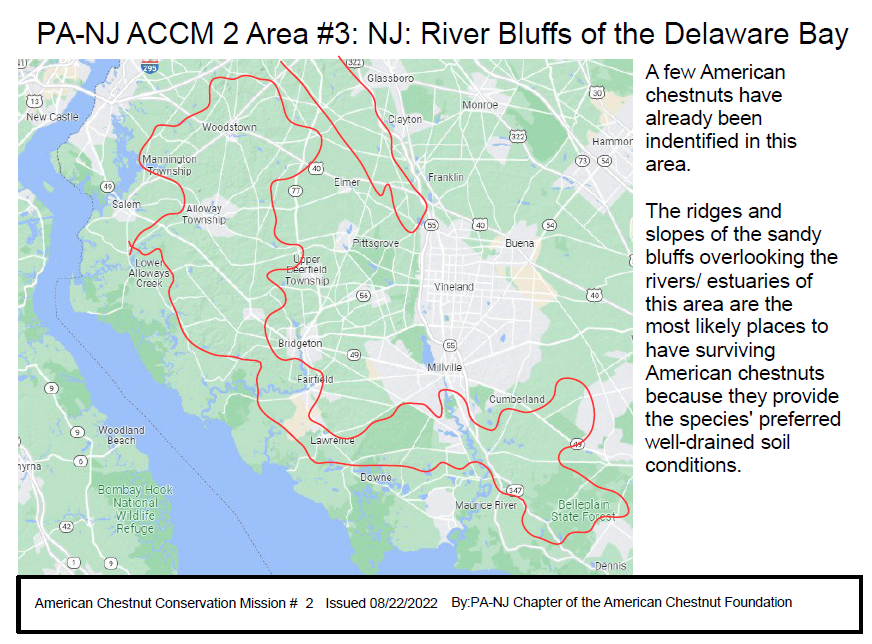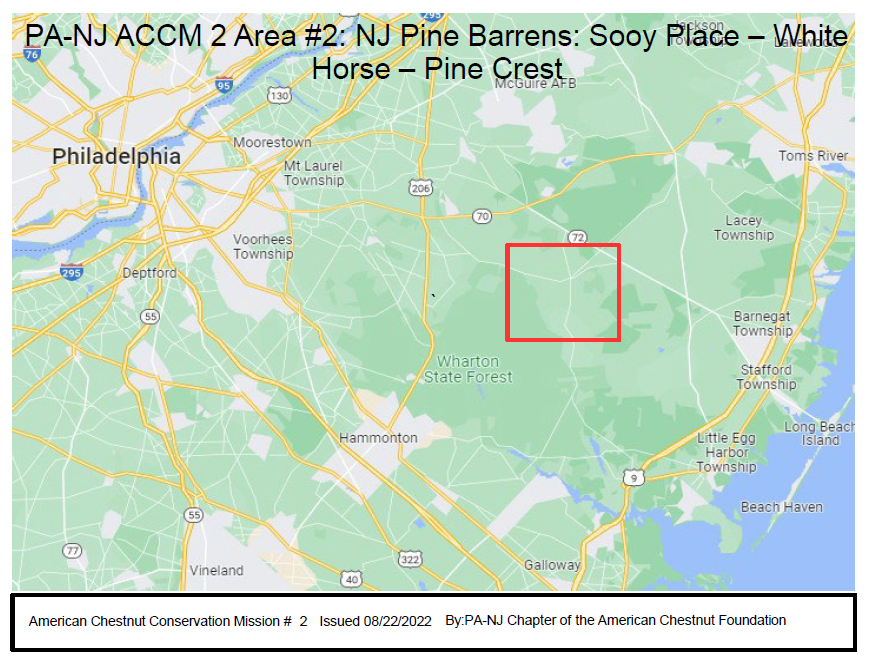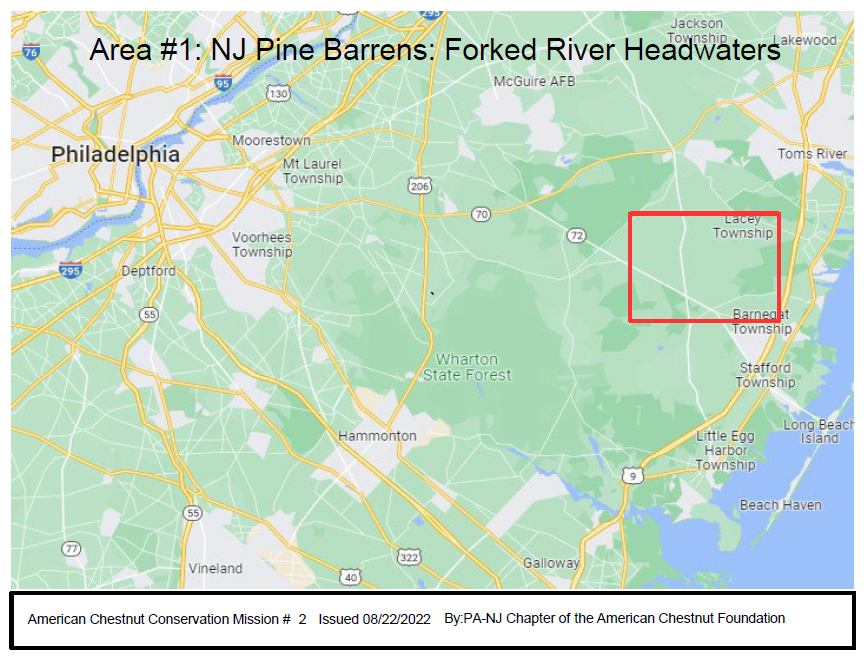PA-NJ Chapter Fall Meeting
Saturday, November 9 (8:30 AM to 2:30 PM)
Fort Hunter Barn
5395 N. Front Street, Harrisburg, PA
Google Map
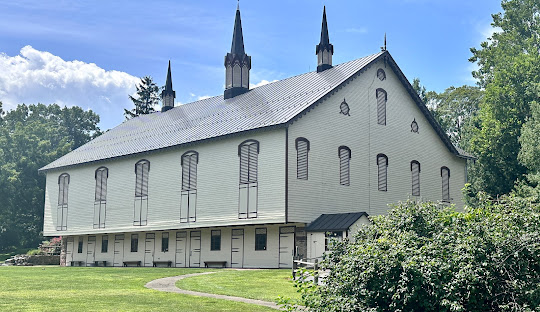
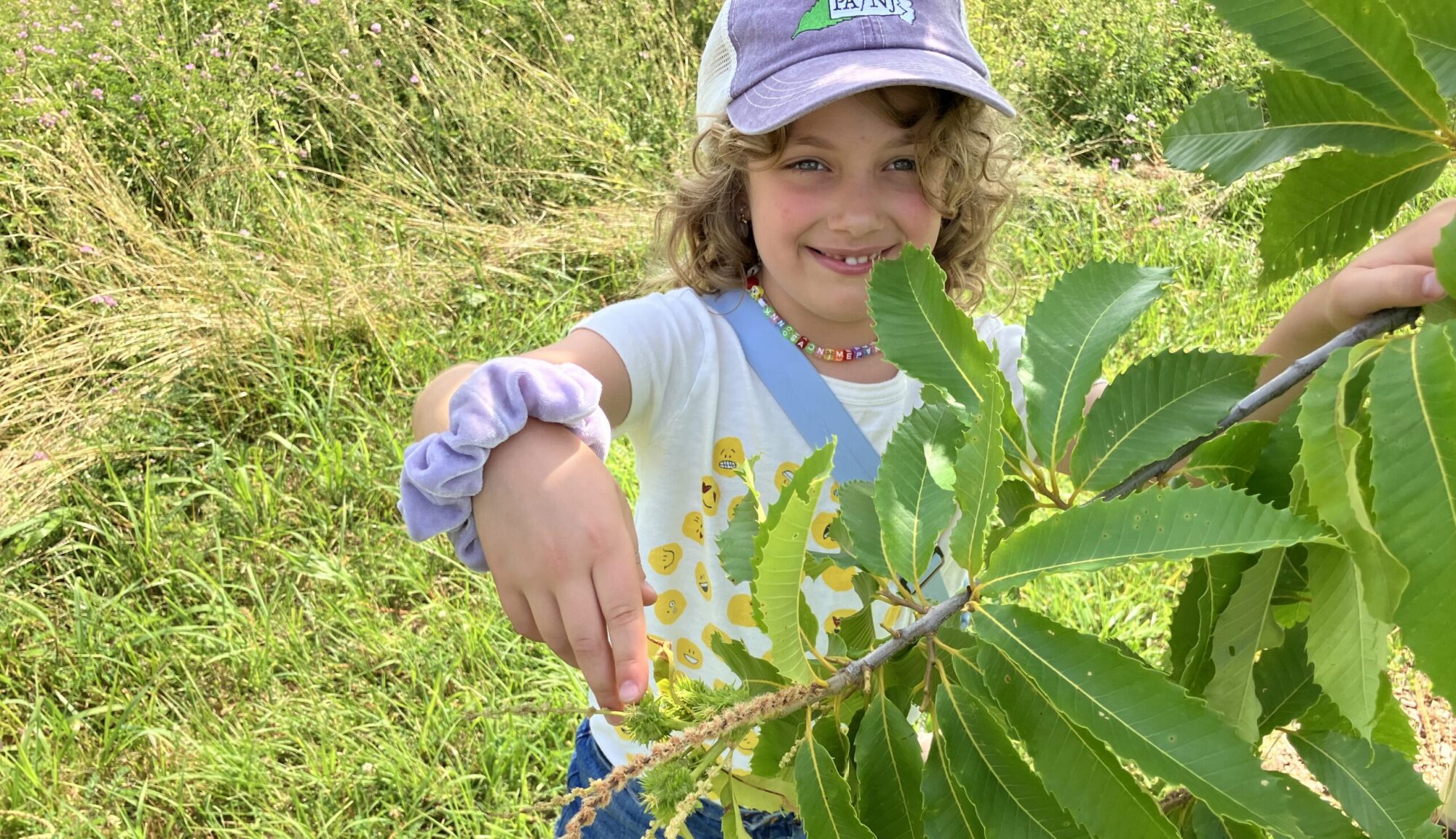
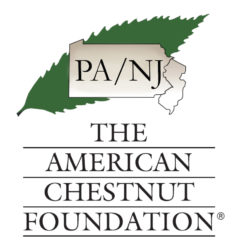
Scroll Down for recent news and posts:
PA-NJ Chapter Fall Meeting
Saturday, November 9 (8:30 AM to 2:30 PM)
Fort Hunter Barn
5395 N. Front Street, Harrisburg, PA
Google Map

Volunteer to help us reach out and build support for our restoration mission! Check out the list below and contact Jean to learn more: mail@patacf.org | 814-863-7191
Festival of Wood & National Public Lands Day
Milford, PA | Grey Towers
Saturday, September 28 (10:00 am — 5:00 pm)
Hello chestnut growers and harvesters of the PA-NJ chapter!
Lake Graboski, TACF North Central Regional Science Coordinator is calling on chestnut growers and harvesters to experiment using ‘catch nets’ to harvest chestnuts. This method could improve the ease and safety of harvesting chestnuts in many situations.
September, prior to nut-fall, nets of ¼” mesh smaller are suspended underneath the chestnut trees and a thin layer of leaves is thrown onto them. Indiana chapter member, Bill Deeter, has been using these nets to successfully harvest chestnuts for years.
Here’s a picture of one of his set-ups:
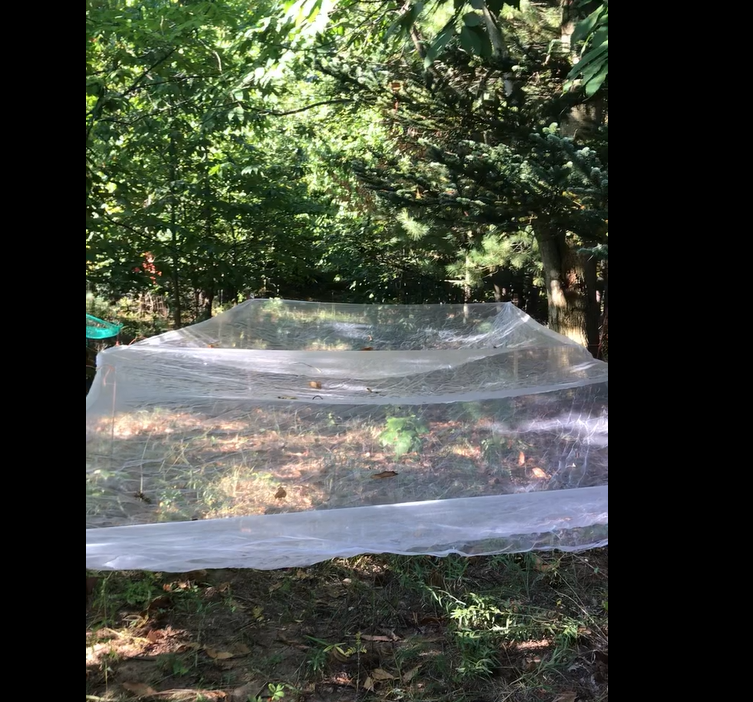





Last Friday, June 14th. A small group of interested folks participated in a controlled pollination bagging workshop. If you want to participate in future workshops email our office at mail@patacf.org
Sign up to join hands-on volunteer work at Penn State University. Contact our Orchard Manager to sign up to be kept in the loop on upcoming volunteer days.
Noah Vincent, PSU Orchard Manager
484-725-4044 | nev5073@psu.edu
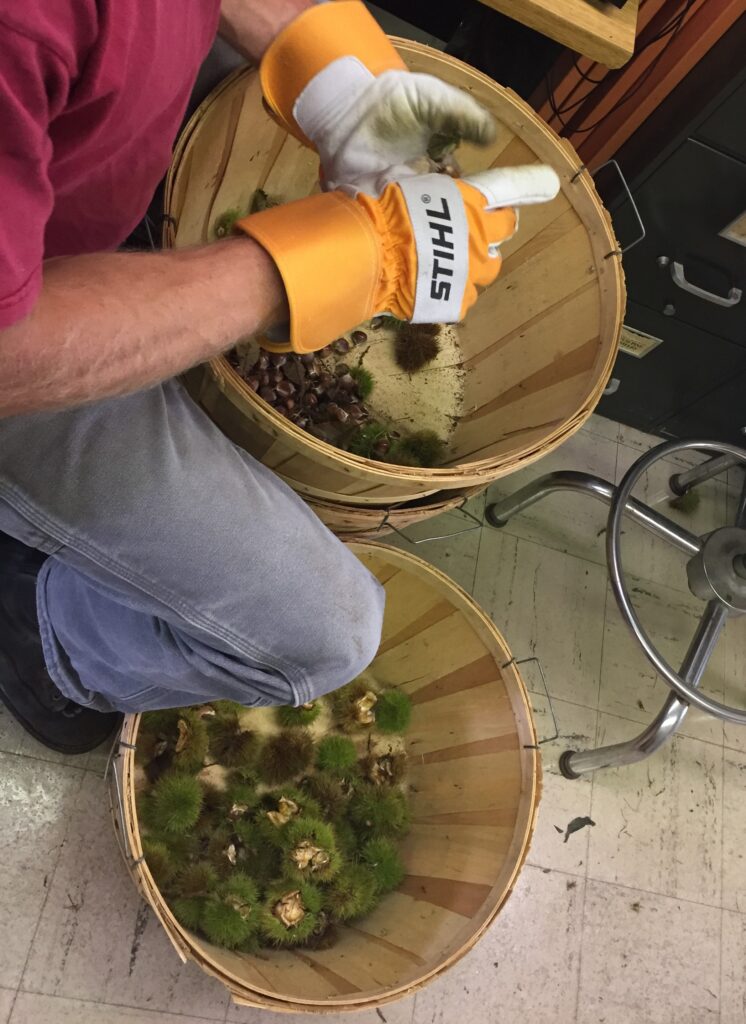
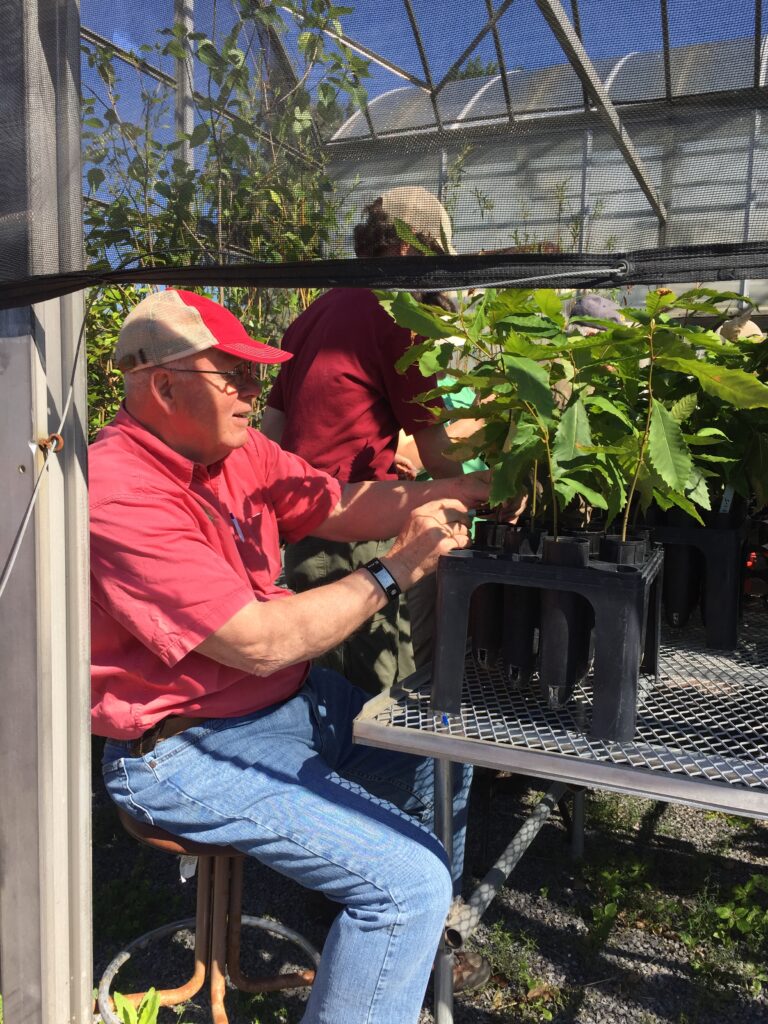
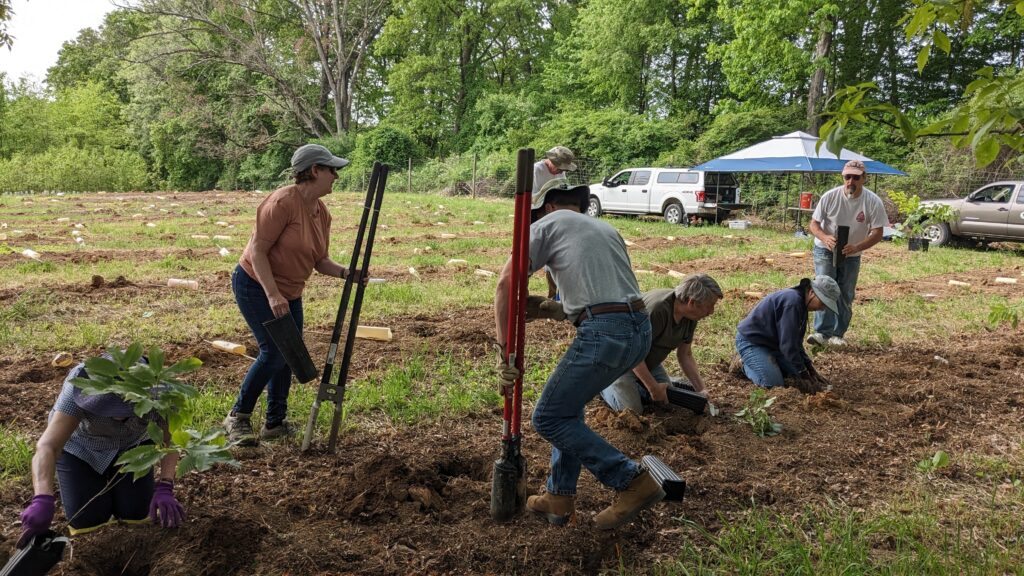
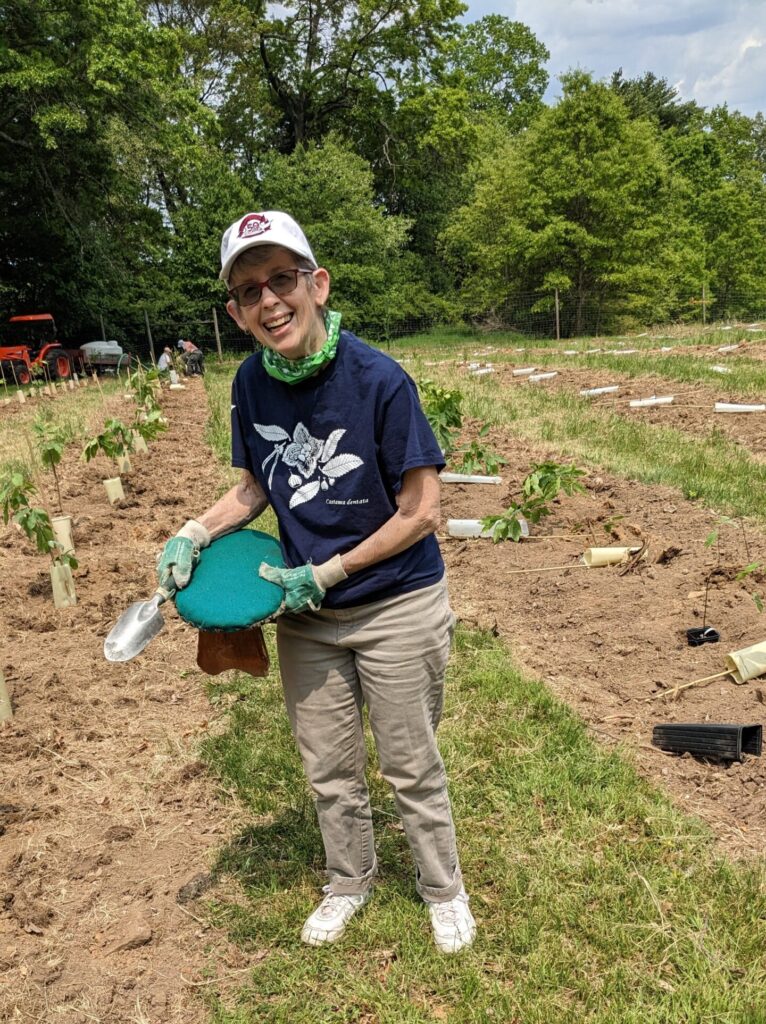
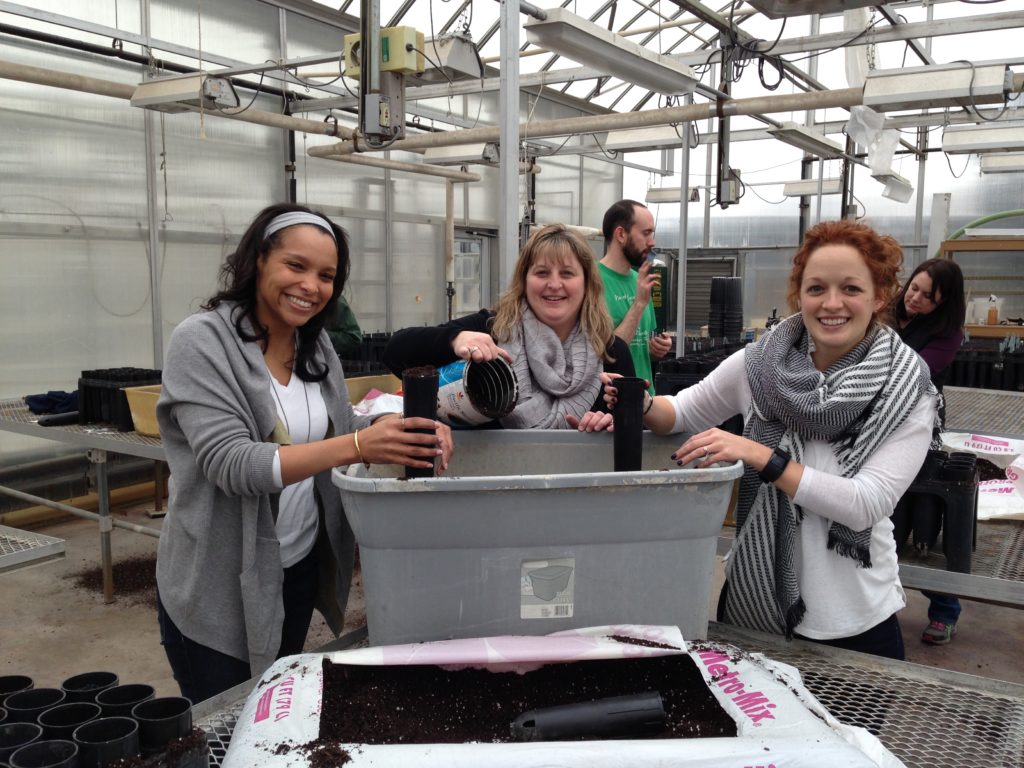
In order to help achieve our wild American conservation objectives, Chapter Board Member, Lake Graboski is setting up targeted “American Chestnut Conservation Missions”. Each mission will identify areas of special interest to our breeding program. We encourage individual hikers and local conservation groups to join these missions to help search for American chestnuts.
Mission #1: Southwestern PA (Issued 6/3/2022)
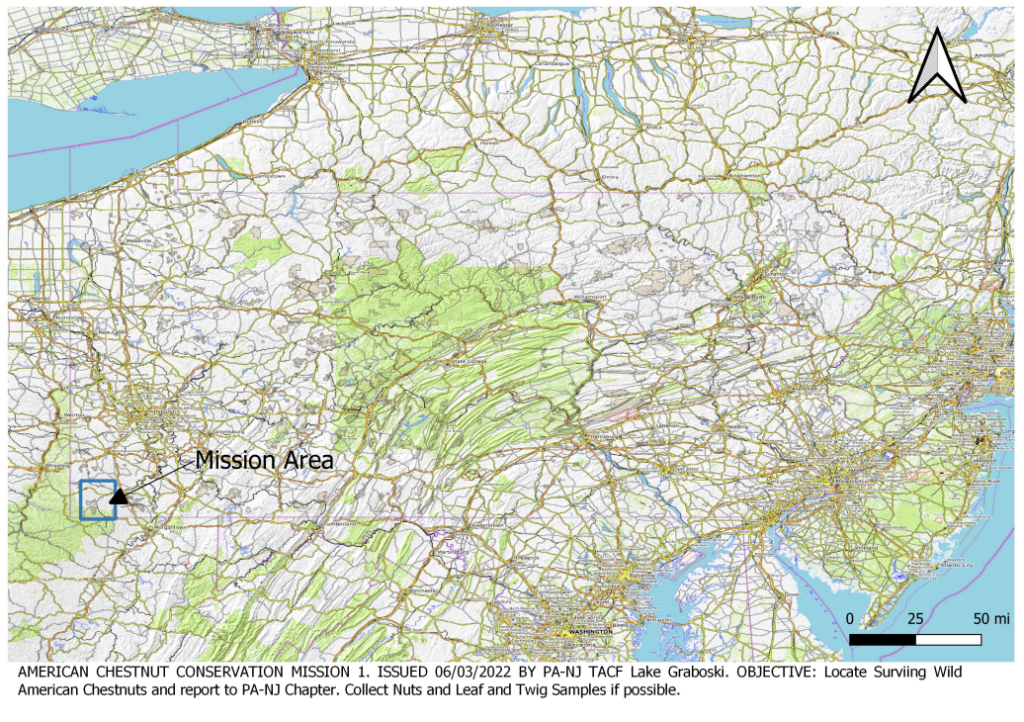
Mission #2 Southern New Jersey
